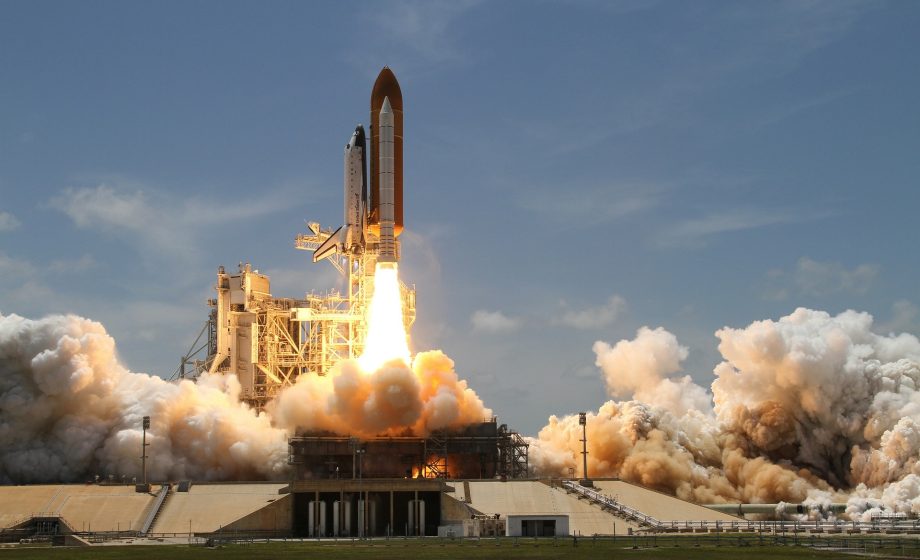There was this awakening when Lord Martin Rees said that the space agencies in the world should remove plans to send astronauts to Mars and the moon and leave them to robots and billionaires who could privately risk and fund such adventures.
For onlookers, this sounds different. However, does the statement mean that the space exploration future belongs to robots and billionaires?
I don’t want to agree, but the recent happenings are gearing towards his line of the debate.
Martin Rees, the astronaut expert, argued that more sophisticated artificial intelligence and technical improvements have shown that robotic missions are becoming more capable of space exploration and construction, making it not mandatory for space agencies to carry out human missions.
According to Rees, “We shouldn’t have publicly funded programs to send people to the moon, still less to Mars. It’s hugely risky, hugely expensive, and there’s no practical or scientific benefit to sending humans. It’s a pretty bad bargain for the taxpayer.”
Rees added that we should encourage robot explorers and billionaires who want to explore space in the spirit of Scott and Shackleton, who both died during Antarctic expeditions.
Rees’ comments have, however, led to some defense from experts. They maintained that government-backed space missions are a means to show inspiration and project soft power. For them, the private sector can turn space into a “wild west.”
In particular, Didier Schmitt, the robotic and human exploration expert, expressed that the act of using human spaceflight as power projection and soft power will continue.
According to him, “Leaving human exploration to the private sector risked “a wild west approach in space. It’s important to balance private exploitation with public exploration in space. And it’s a duty for governments, not the free market, to enthuse the younger generation.”
Why robot explorers are becoming superior to humans in space
Nasa’s release of the stunning photos the James Webb Space Telescope received signifies a new beginning of space-borne astronomical observation.
This exciting instrument would reveal new information about several topics, from the planets orbiting other stars to the rise of galaxies and the universe’s earliest years, unprecedentedly opening humans’ metaphorical eyes to the cosmos.
Also, the JWST’s location shows why robotic explorers are becoming superior to humans in space. With Nasa choosing to depend on an astronaut-influenced Space Shuttle for putting the Hubble into its orbit, the organization condemned the telescope to stay 340 miles above Earth’s surface.
At its modest altitude, the telescope significantly suffers from the light reflected from the Earth’s surface, as if astronomers had designed trendy ground telescopes in Greenwich instead of Chile or Hawaii.
The JWST currently orbits the Sun and Earth at the point called “L2,” which is about a million miles away. The unique location offers orbital stability alongside the space darkness and cold temperatures.
In addition, the astronauts executed six travels to Hubble to upgrade and repair its instruments and mirror. The missions, which happened between 1993 to 2009, installed corrective lenses, upgraded the mirrors, changed the gyroscopes, and elongated the telescope’s lifetime more than what Nasa had envisaged.
These represent the astronauts’ biggest contribution to exploring the cosmos in history.
Meanwhile, Nasa hasn’t yet considered a JWST design that will permit astronauts to repair or work on their $10bn masterworks. This shows a big difference between launching humans into close Earth orbit and sending them beyond the moon.
The JWST is created to run robotically while responding to commands from Earth by humans. Related considerations apply to a trip to Mars over 100 times bigger than the JWST, which takes about seven months.
In the meantime, humans have sent about 50 robotic spacecraft to the red planet, each spending several months without needing food, oxygen, or water. Some of the missions succeeded while others failed, showing disappointment but no major catastrophe compared to astronauts’ loss of lives.
Presently, Nasa’s Perseverance rover and its helicopter have started a detailed delta examination, a great spot to search for ancient life signs.
Unlike the earlier rovers that needed to be guided from Earth in every rock, Perseverance could control terrain on its own. And Future rovers would have greater abilities.
Due to human talent, the robots have grown continuously more competent, unlike the bodies that don’t, showing a diminishing need for astronauts to assemble or explore space structures.
Final lap
Yes, humans respond or react most deeply to other human beings; however, sending astronauts to space, offering them the means of survival amidst Mars’ hostile environments, and returning them to Earth safely will cost several billions of dollars.
The cost will also be significant since taxpayers need Nasa to be highly secured as the publicly funded civilians’ lives are at stake.
In the same vein, Rees, who supports the robotic space exploration idea in a new book, “The End of Astronauts,” thinks private spacefarers would motivate observers like space agency astronauts.
To some extent, I want to toe the line of Rees in believing that such trips or ventures, though inspirational, should belong to private sponsors and billionaires who could sponsor cut-price ventures following the happenings.
For the next two decades, we should continue to use publicly funded efforts to refine our robotic abilities, send the explorers to explore the solar system, and fabricate big structures with them in space like solar energy collectors.
Human space flight, especially beyond low-earth orbit, should belong to billionaires and robots!
Image by WikiImages from Pixabay

